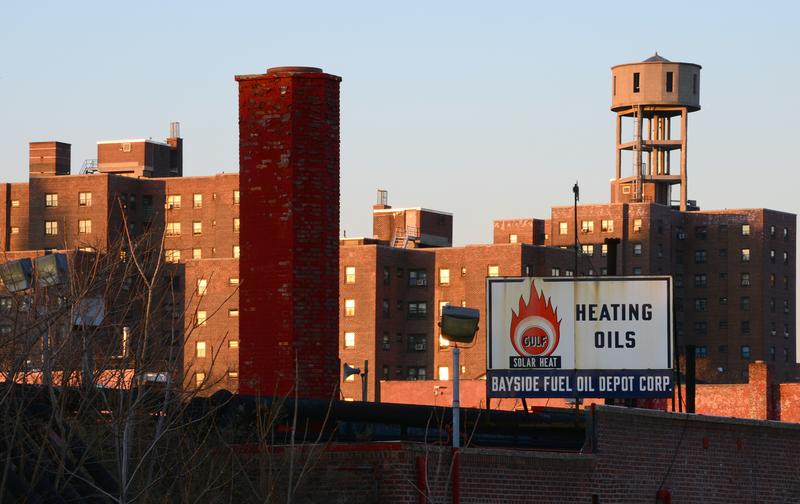
While private landlords rarely contest the New York City Health Department's findings when it identifies lead exposure, the New York City Housing Authority almost always did.
A new investigation by the New York Times, based on thousands of pages of documents and interviews with over 100 people close to the matter, found that for at least two decades, NYCHA pushed back almost every time a child in one of their units tested positive for lead. For the agency, this strategy was effective—the Health Department often backed down when NYCHA challenged the findings.
"When a child would test positive for lead, the Health Department would send an inspector, and the inspector would actually find lead paint using a device inside the child's home," explained J. David Goodman, who co-reported the story for the Times. "Afterwards, instead of going to fix the spot where the lead had been discovered by the Health Department, the housing authority sent a person to test the lead again, and to dispute those findings."
Because lead paint has long been banned—and because endemic issues like underfunding and rampant leaks have topped NYCHA's list of concerns in recent years—lead exposure was not considered a major problem. But the paint itself isn't what's dangerous. Lead poisoning mainly starts when paint flakes off or becomes dust.
Now, the city is starting to take this seriously. An inspection of 140,000 apartments is underway, with the goal of finding all sources of lead paint in NYCHA buildings.
"They're made some steps to correct the problems of the past already," said Goodman. "We're going to be looking to see if they follow through with those."
Goodman spoke with WNYC's Richard Hake.
